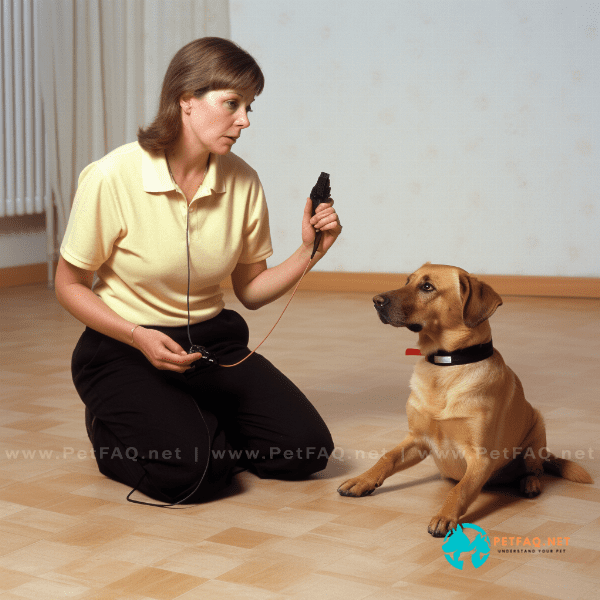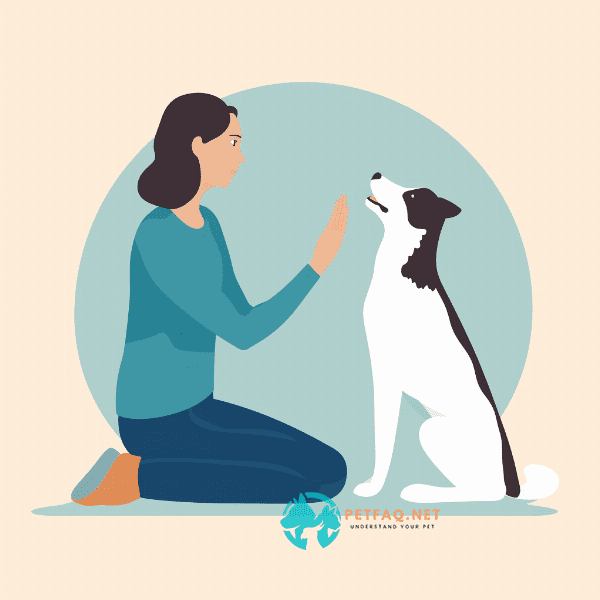Table of Contents
- Understanding the Importance of Dog Behavior Training
- Different Types of Dog Training Techniques
- Positive Reinforcement: The Key to Successful Dog Training
- Common Dog Behavior Problems and How to Fix Them
- Socializing Your Dog: Tips and Tricks
- House Training Your Dog: A Step-by-Step Guide
- Teaching Basic Commands to Your Dog
- Advanced Training Techniques for Your Canine Companion
- The Role of Consistency and Patience in Dog Training
- Choosing the Right Training Program for Your Dog.
Understanding the Importance of Dog Behavior Training
Understanding the Importance of Dog Behavior Training:
Dog behavior training is essential for both the dog and its owner. Proper training can help your furry friend learn how to behave appropriately in various situations and socialize effectively with other dogs and humans. It also helps in building a strong bond between you and your pet.
Training your dog can help prevent many unwanted behaviors such as excessive barking, aggression, destructive chewing, and jumping on people. With the right training, you can teach your dog how to behave in a manner that is both safe and acceptable. Additionally, well-trained dogs are more likely to be well-behaved and well-adjusted, which can lead to a happier and healthier life for both the dog and its owner.
Another important aspect of dog behavior training is that it can help prevent dog bites and other dangerous situations. By teaching your dog to obey commands and respond to your cues, you can ensure that they will be less likely to act out in harmful ways.
In summary, dog behavior training is crucial for your pet’s well-being and safety. It can help you develop a stronger bond with your dog and prevent many unwanted behaviors. With proper training, your furry friend can lead a happier and healthier life while also making life more enjoyable for you and your family.
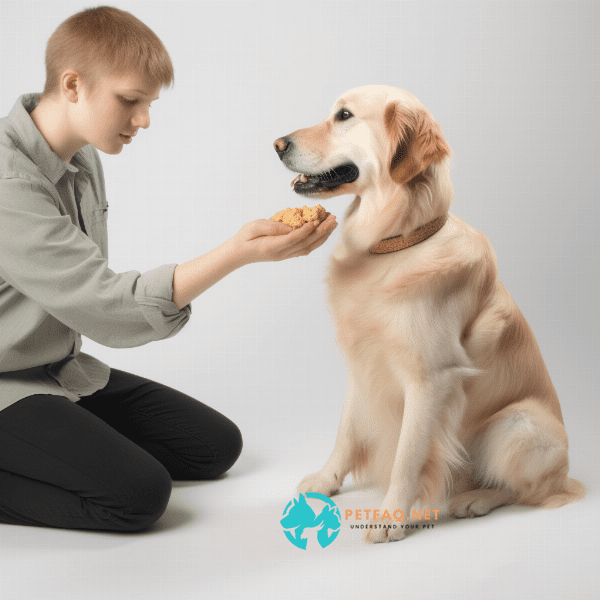
Different Types of Dog Training Techniques

Positive Reinforcement: The Key to Successful Dog Training
Different Types of Dog Training Techniques:
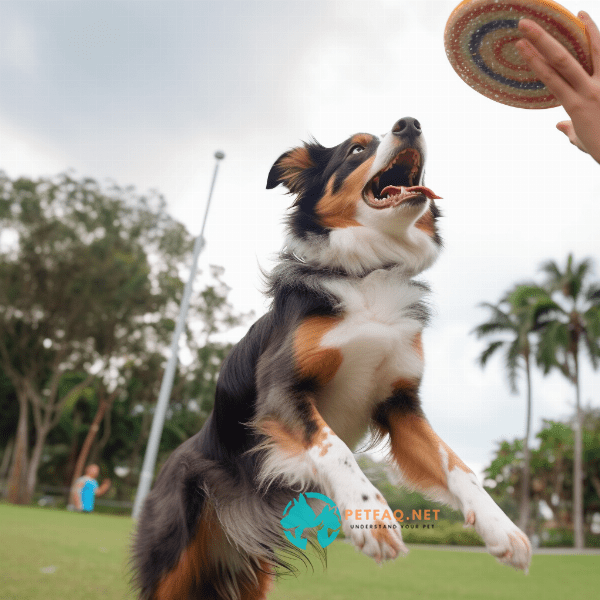
Common Dog Behavior Problems and How to Fix Them
As much as we love our furry friends, dogs can sometimes exhibit unwanted behavior that can be frustrating or even dangerous. Luckily, many common dog behavior problems can be addressed through proper training and understanding of their needs.
One common issue is excessive barking, which can be caused by boredom, anxiety, or a need for attention. Training techniques such as teaching the “quiet” command, providing adequate exercise and mental stimulation, and addressing the root cause of their anxiety can help to reduce excessive barking.
Another behavior problem is destructive chewing, which can be costly and potentially hazardous to your dog’s health. Providing your dog with plenty of appropriate chew toys, positive reinforcement training, and limiting access to items they are prone to chew can help prevent destructive chewing.
Aggression, whether towards other dogs or humans, is a more serious issue that requires professional intervention. Working with a certified dog trainer or behaviorist to identify the root cause of the aggression and developing a personalized behavior modification plan can help to reduce and manage aggressive behavior.
Other common dog behavior problems include jumping, digging, and separation anxiety. These behaviors can be addressed through positive reinforcement training, providing adequate exercise and mental stimulation, and addressing any underlying issues such as anxiety or fear.
Overall, addressing common dog behavior problems requires patience, consistency, and understanding of your dog’s individual needs. By providing proper training and attention, you can help your furry friend become a well-behaved and happy member of your family.
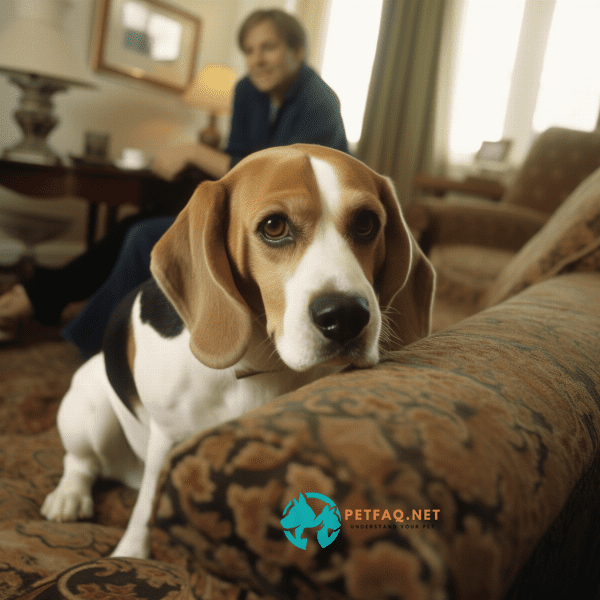
Socializing Your Dog: Tips and Tricks
Socializing your dog is an important aspect of their overall behavior and well-being. By exposing your dog to new people, animals, and environments, you can help them develop confidence, reduce anxiety, and prevent future behavior problems. Here are some tips and tricks for socializing your dog:
1. Start early: The socialization process should begin as early as possible, ideally when your dog is a puppy. This allows them to develop positive associations with people, animals, and experiences from a young age.
2. Introduce gradually: Introduce your dog to new experiences gradually and at a pace that they are comfortable with. For example, start with brief encounters with other dogs or people, and gradually increase the duration and intensity of the interaction.
3. Use positive reinforcement: Reward your dog with treats, praise, and affection for calm and confident behavior during socialization. This will help to reinforce positive associations and build their confidence.
4. Be consistent: Consistency is key in socialization. Make sure to expose your dog to a variety of people, animals, and environments on a regular basis to maintain their social skills.
5. Seek professional help if necessary: If your dog is showing signs of fear or aggression during socialization, it may be necessary to seek the help of a certified dog trainer or behaviorist to develop a personalized behavior modification plan.
Socializing your dog is an ongoing process that requires patience, consistency, and positive reinforcement. By following these tips and tricks, you can help your furry friend become a confident and well-behaved member of your family.
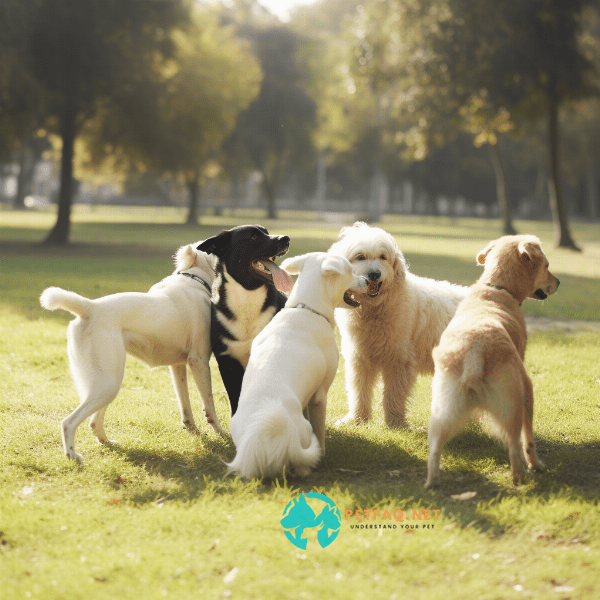
House Training Your Dog: A Step-by-Step Guide
House training your dog is an important part of their overall training and behavior. By teaching your dog to eliminate in designated areas, you can prevent accidents in the house and establish good habits. Here is a step-by-step guide to house training your dog:
1. Establish a routine: Dogs thrive on routine, so establish a consistent feeding and walking schedule to help your dog develop regular elimination habits.
2. Choose a designated elimination area: Choose a designated area outside where you want your dog to eliminate, and consistently bring your dog to that area when it’s time to go.
3. Use positive reinforcement: Reward your dog with treats and praise when they eliminate in the designated area, to reinforce good habits.
4. Supervise and prevent accidents: Supervise your dog at all times, and limit their access to areas where accidents may occur. When you can’t supervise your dog, confine them to a crate or small area.
5. Clean up accidents properly: If your dog has an accident in the house, clean it up immediately with an enzymatic cleaner to remove any scent that may attract them to the area again.
By following these steps and providing consistent training and positive reinforcement, you can successfully house train your dog and establish good habits for a lifetime.
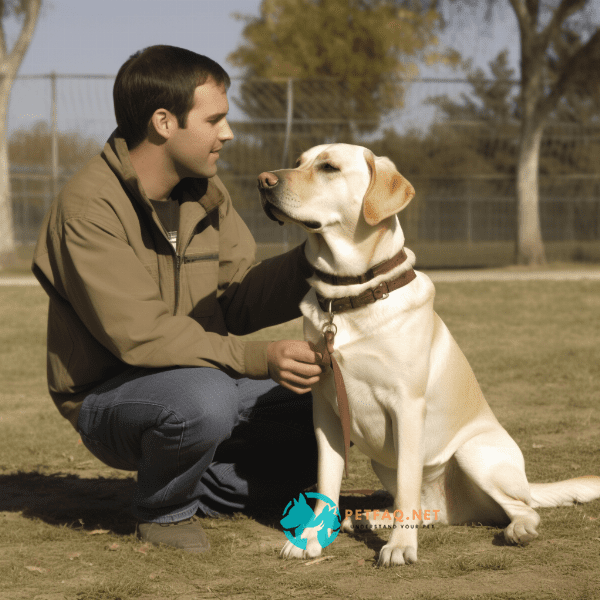
Teaching Basic Commands to Your Dog
Teaching basic commands to your dog is an essential part of their training and behavior. Basic commands such as sit, stay, come, and heel can help to establish boundaries, prevent unwanted behavior, and promote good manners. Here are some tips for teaching basic commands to your dog:
1. Use positive reinforcement: Positive reinforcement is the most effective way to teach your dog basic commands. Reward your dog with treats, praise, and affection when they follow your commands correctly.
2. Start with one command at a time: Introduce one command at a time, and wait until your dog has mastered it before moving on to the next one.
3. Be consistent: Use the same command word and tone of voice every time, to help your dog understand what you’re asking them to do.
4. Use hand signals: Along with verbal commands, use hand signals to help your dog understand what you want them to do.
5. Practice regularly: Practice your dog’s commands regularly in different environments and situations to reinforce their training.
6. Be patient: Remember that learning takes time and patience, so be consistent with your training and positive reinforcement.
Teaching basic commands to your dog is an important part of their overall training and behavior. By following these tips and providing consistent training and positive reinforcement, you can help your furry friend become a well-behaved and happy member of your family.
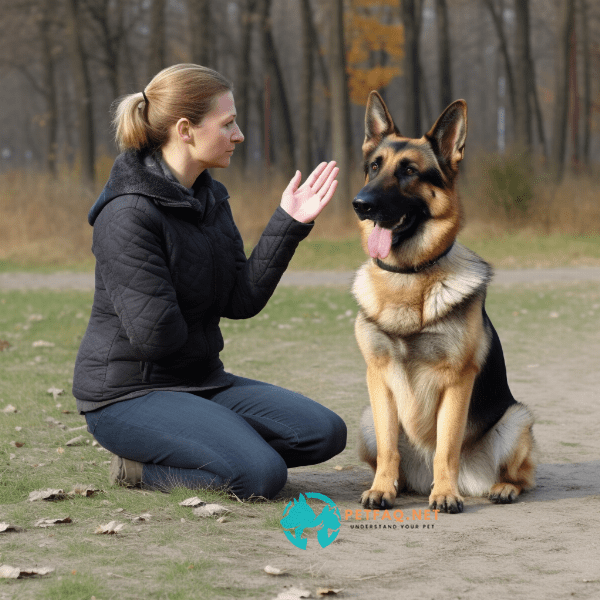
Advanced Training Techniques for Your Canine Companion
Advanced training techniques can take your dog’s training and behavior to the next level, building on the foundation of basic commands and obedience. Here are some advanced training techniques that you can use to enhance your dog’s skills and behavior:
1. Off-leash training: Off-leash training can improve your dog’s focus and response to commands, as well as increase their overall freedom and enjoyment.
2. Agility training: Agility training involves a series of obstacles and challenges that your dog must navigate, and can help to build your dog’s physical and mental agility, coordination, and confidence.
3. Scent work: Scent work involves training your dog to use their sense of smell to identify specific scents, and can provide a fun and rewarding challenge for your dog.
4. Clicker training: Clicker training involves using a clicker to mark the desired behavior, followed by a reward. This technique can help to reinforce positive behavior and increase your dog’s attention and responsiveness.
5. Advanced obedience training: Advanced obedience training involves building on basic commands and obedience, and can include more complex commands, such as stay for longer periods, recall in distracting environments, and heeling without a leash.
Advanced training techniques can be a great way to enhance your dog’s training and behavior, providing fun and challenging activities that can strengthen your bond with your furry friend. Remember to always use positive reinforcement and patience when training your dog, and consult a professional trainer if needed.

The Role of Consistency and Patience in Dog Training
Consistency and patience are key components of successful dog training. Whether you’re teaching your dog basic commands or advanced techniques, it’s essential to be consistent and patient in your approach. Here are some reasons why consistency and patience are so important in dog training:
1. Builds trust and respect: Dogs thrive on routine and consistency. By being consistent in your approach to training, you can build trust and respect with your dog.
2. Reinforces positive behavior: Positive reinforcement is the most effective way to train your dog. By consistently rewarding positive behavior, you can reinforce good habits and discourage unwanted behavior.
3. Establishes clear expectations: Dogs need clear boundaries and expectations. By being consistent in your approach to training, you can establish clear expectations for your dog’s behavior.
4. Takes time: Learning takes time, and dog training is no exception. It’s important to be patient and allow your dog time to learn and develop good habits.
5. Prevents confusion: Inconsistent training can be confusing for your dog, and can lead to frustration and unwanted behavior.
By being consistent and patient in your approach to dog training, you can build a strong and positive relationship with your furry friend. Remember to always use positive reinforcement and seek the help of a professional trainer if needed. With time and patience, your dog can become a well-behaved and happy member of your family.
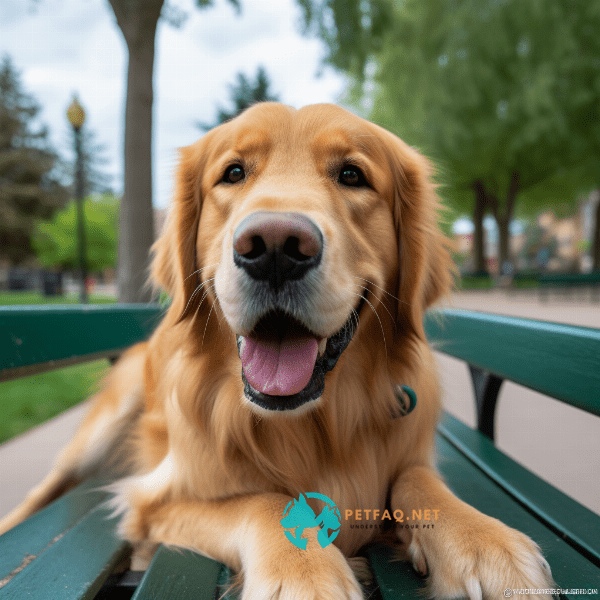
Choosing the Right Training Program for Your Dog.
Choosing the right training program for your dog can be a difficult decision. With so many different options available, it’s important to choose a program that aligns with your dog’s needs and your training goals. Here are some factors to consider when choosing a training program for your dog:
1. Training approach: There are various training approaches, including positive reinforcement, traditional training, and balanced training. Consider which approach aligns with your training goals and values.
2. Trainer qualifications: Look for a trainer who is experienced, certified, and has a proven track record of successful training.
3. Group vs. individual training: Decide whether group or individual training is best for your dog’s needs and personality.
4. Location and accessibility: Choose a training program that is easily accessible and convenient for you and your dog.
5. Cost: Training programs can vary widely in cost, so consider your budget and the value that the program provides.
6. Reviews and referrals: Research the program and read reviews from previous clients or ask for referrals from friends or your veterinarian.
Choosing the right training program for your dog is a crucial step in their training and behavior. Take the time to research your options and choose a program that is a good fit for your dog’s needs and your training goals. Remember that consistent and patient training is key to success, and be sure to work closely with your trainer to achieve the best results.
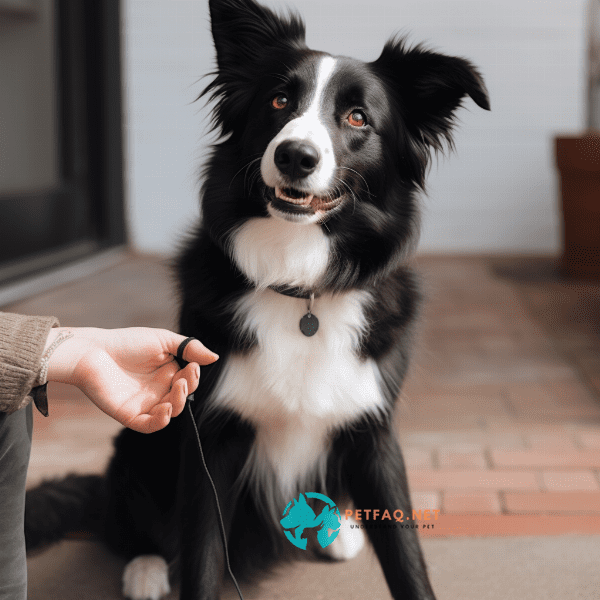
Frequently Asked Questions (FAQs) about Dog behavior training:
1. How do I socialize my dog during behavior training?2. Should I hire a professional dog behavior trainer or can I train my dog myself?
3. How do I reward good behavior in my dog?
4. What are the most common behavior issues that dog behavior training can address?
5. How can I correct unwanted behaviors in my dog?

